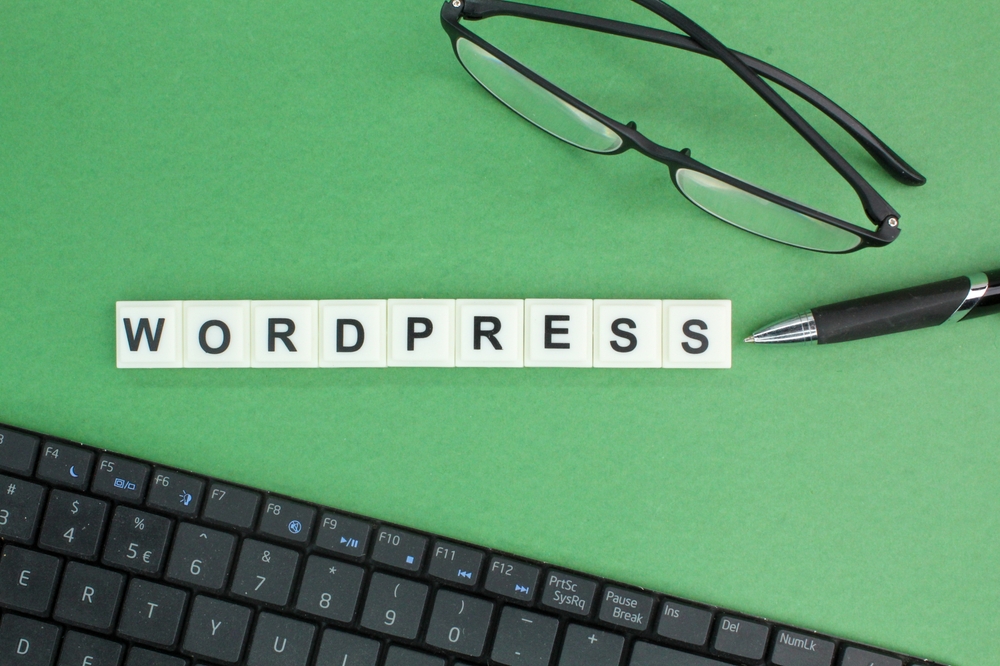
WordPress (the blogging platform) has become one of the most popular content management systems (CMS) available today. Its user-friendly interface and vast array of customizable options make it the top choice for website owners. However, to truly master WordPress (the platform for bloggers) , it's essential to familiarize yourself with some expert tips and tricks. Whether you're a beginner or an experienced user, these insights will help you take your website customization and maintenance to the next level.
1. Choosing the Right ThemeOne of the key aspects of customizing your WordPress (WP) website is selecting the right theme. With thousands of options available, it can be overwhelming. Start by considering the purpose of your website and the features you require. Think about the layout, color scheme, and overall design that aligns with your brand. Additionally, make sure the theme is regularly updated to ensure compatibility with the latest WordPress (or WP) version and plugins.
2. Customizing with CSS
WordPress provides an easy way to customize your website using CSS (Cascading Style Sheets). By targeting specific elements using CSS selectors, you can modify the appearance of your website. If you're not familiar with CSS, there are plenty of resources available online to learn the basics. Several plugins, such as "Simple Custom CSS," allow you to add your CSS without modifying the theme's files directly.
3. Utilizing Page Builders
Page builders are powerful tools that offer drag-and-drop functionality, allowing you to build stunning web pages, even without coding knowledge. Plugins like Elementor, Divi, and Beaver Builder provide a user-friendly interface to help you create complex page layouts effortlessly. These tools often come with pre-designed templates, making it even easier to create professional-looking pages. You can customize the templates to fit your website's branding and add your own content.
4. Enhancing Functionality with Plugins
WordPress's plugin ecosystem is one of its greatest strengths. Whether you need to add e-commerce functionality, improve site speed, enhance security, or optimize SEO, there's a plugin for almost everything. However, it's important to only install reliable and frequently updated plugins from reputable sources. Too many plugins can slow down your website, so choose wisely and regularly review and deactivate unnecessary ones.
5. Optimizing Site Performance
Website speed is crucial for user experience and search engine rankings. Fortunately, WordPress offers various ways to optimize performance. Minifying CSS and JavaScript files, leveraging browser caching, optimizing images, and using a caching plugin are some strategies to consider. Additionally, choosing a reliable hosting provider and keeping your WordPress installation and plugins up to date are essential for fast-loading websites.
6. Setting Up a Backup System
Backing up your WordPress website regularly is essential to protect your hard work. While some hosting providers offer automated backups, it's wise to have an additional backup system in place. Several plugins, like UpdraftPlus and BackupBuddy, simplify the backup process by allowing you to schedule automatic backups and store them in secure cloud storage platforms, such as Dropbox or Google Drive.
7. Securing Your Website
WordPress is a popular target for hackers, so it's vital to take steps to secure your website. Start by using strong passwords and limiting login attempts. Installing a security plugin, such as Wordfence or Sucuri, can add an extra layer of protection. These plugins often include features like firewall protection, malware scanning, and WordPress core file integrity checks. Regularly updating your themes and plugins is crucial as well, as outdated software can be vulnerable to attacks.
Frequently Asked Questions
Q1. Can I switch themes without losing my content?A1. Yes, switching themes doesn't delete your content. However, some elements might require adjustments due to different layouts or available options in the new theme. It's always recommended to create a backup before making any significant changes to your theme.
Q2. Will adding too many plugins slow down my website?
A2. Yes, having an excessive number of plugins can impact your website's performance. Choose plugins wisely, regularly review their necessity, and deactivate or delete any unnecessary ones. Keeping your plugins updated is also crucial to ensure compatibility and security.
Q3. How often should I update my WordPress installation and plugins?
A3. It's essential to update your WordPress installation, theme, and plugins whenever new updates are available. These updates often include bug fixes, security patches, and improvements that keep your website functioning optimally.
Q4. Can I modify the design without coding knowledge?
A4. Absolutely! WordPress provides numerous options for customization without the need for coding. With the help of page builders and themes with built-in customization options, you can create visually appealing designs without any coding experience.
Q5. Is it necessary to perform website backups if my hosting provider already offers automated backups?
A5. While automated backups by hosting providers can be beneficial, it's wise to have an additional backup system in place. This ensures that you have access to your backups independently of your hosting provider and provides an extra layer of security for your data.
In conclusion, mastering WordPress requires more than just a basic understanding of its features. By following these expert tips and tricks, you'll gain the knowledge necessary to customize your website to your exact specifications and maintain its functionality and security. With practice and ongoing exploration, you'll become a WordPress pro, unleashing the full potential of this versatile CMS for your online presence.
Other useful resources
- https://en.wikipedia.org/wiki/Blog